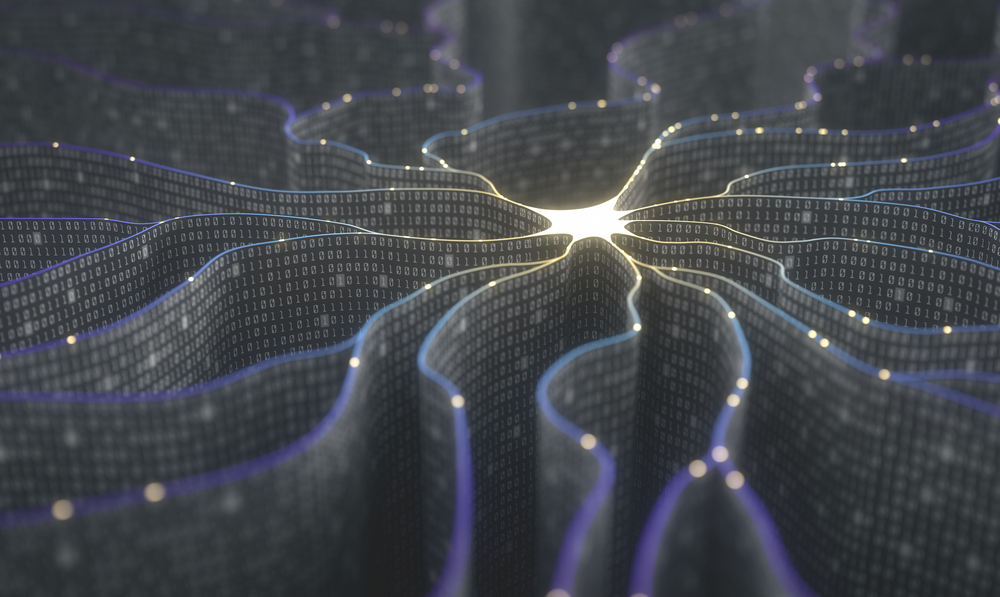Neural networks are one of the many great technological innovations our society can take advantage of in the near future. Before that can happen, however, we need to train these neural networks and make them smarter. This technology may not necessarily be the best candidate when it comes to naming colors, though. Although some of the names and descriptions are rather hilarious, it also shows there is still a lot of work to be done.
Naming Colors is Not an Easy Task
Depending on whom you pose the question to, we have either a few dozen colors or several hundred. If it were left up to neural networks, several hundred would be a much closer assessment. However, getting a neural network to accurately name these colors yields some unexpected results. It is possible our human minds are referring to these colors in the wrong way, or how we humans are too narrow-minded when it comes to describing slight variations of colors.
To be more precise, this neural network is coming up with a whole new set of color names we have never heard of. Harbor mist and Spring Rain are not necessarily colors in our mind, but to a neural network, they perfectly explain a particular palette of colors. Burf pink, on the other hand, is a bit of an oddball, as it is unclear what “burf” is even supposed to mean.
Some people will claim this is a rather unsuccessful attempt to use a neural network for identifying colors. Others may see it as a perfect validation of why this technology makes more sense than the average human will ever be able to. From an artistic point of view, knowing a specific color can be identified as “dorkwood” is invaluable. It is evident this test did not yield the expected results, but that doesn’t mean the descriptions are necessarily inaccurate either.
Even though we humans have official names for these colors of paint, it is good to let the imagination run wild sometimes. One thing no one can deny is how the neural network successfully found hidden connections between the colors presented. To the human eye, these connections would be incredibly difficult to spot, even though there is a certain logic behind it all. It is only to be expected a neural network would use its own terminology to associate these patterns with one another.
The fact a neural network can make colors sound more appealing and creative than even most artists are capable of is a major validation of how the technology works. Although these funny results – including corcaunitiol orange, Power Gray, and Light of Blast – are not what the experts are looking for, does not mean they are wrong by any means. It is doubtful someone would go for a color defined as “dope”, although you can be certain there will be a market for such a color regardless.
It is obvious this neural network will need a bit more time to become usable in the world of color scheme naming. Then again, these results highlight the way a neural network tries to deduce correlations between different colors, even if it mostly made up of words randomly thrown together. There is always a method to the madness, yet it seems it may take the Human race some more time to fully uncover the mystery of these results.
If you liked this article, follow us on Twitter @themerklenews and make sure to subscribe to our newsletter to receive the latest bitcoin, cryptocurrency, and technology news.


